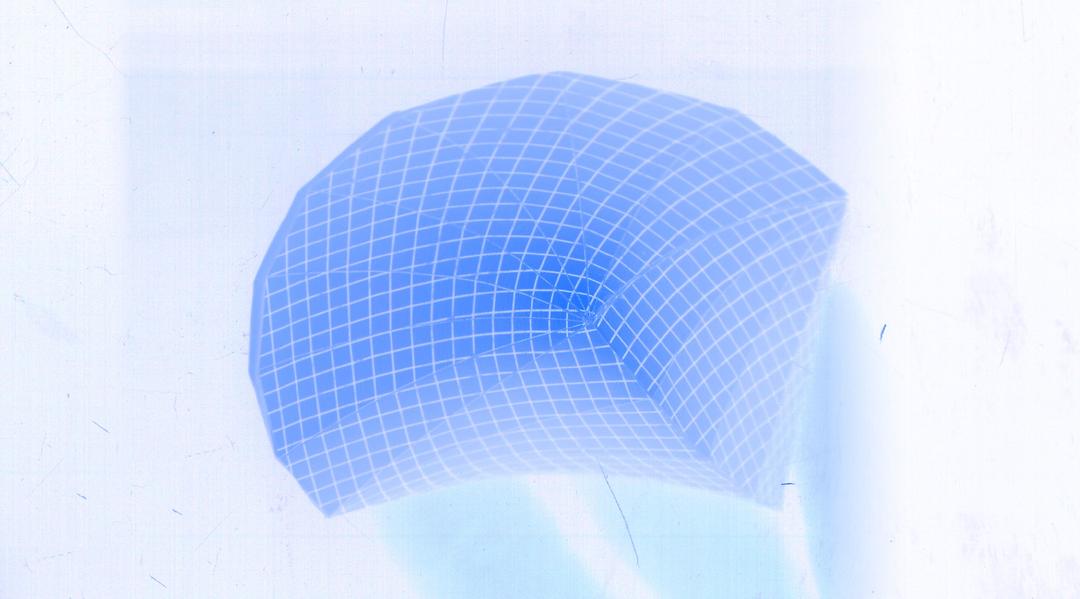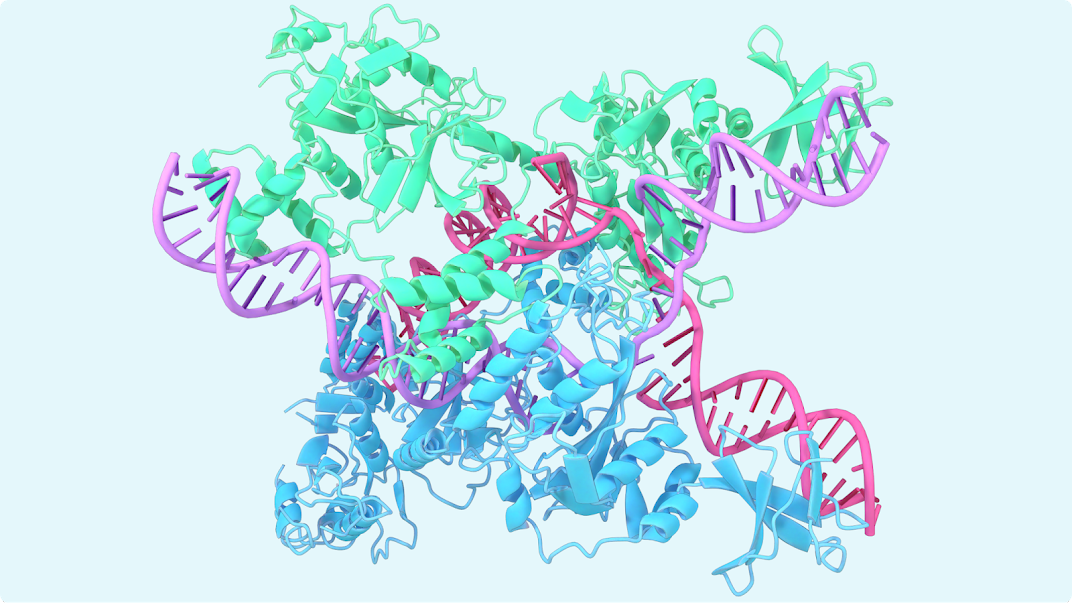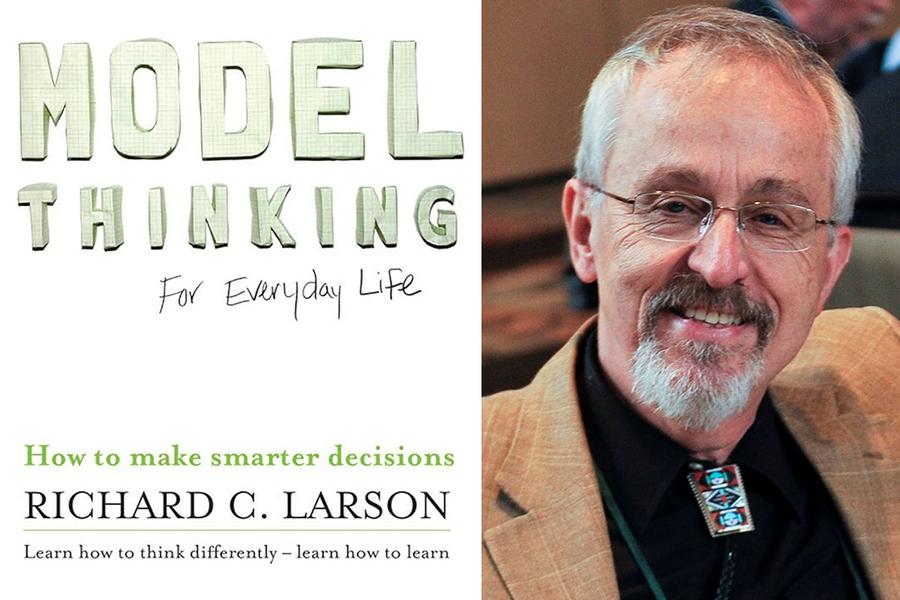Sarah Klanderman, Marian University and Josha Ho, Marian University
Post-pandemic, some educators are trying to reengage students with technology – like videos, computer gaming or artificial intelligence, just to name a few. But integrating these approaches in the classroom can be an uphill battle. Teachers using these tools often struggle to retain students’ attention, competing with the latest social media phenomenon, and can feel limited by using short video clips to get concepts across.
Graphic novels – offering visual information married with text – provide a means to engage students without losing all of the rigor of textbooks. As two educators in math and physics, we have found graphic novels to be effective at teaching students of all ability levels. We’ve used graphic novels in our own classes, and we’ve also inspired and encouraged other teachers to use them. And we’re not alone: Other teachers are rejuvenating this analog medium with a high level of success.
In addition to covering a wide range of topics and audiences, graphic novels can explain tough topics without alienating student averse to STEM – science, technology, engineering and math. Even for students who already like math and physics, graphic novels provide a way to dive into topics beyond what is possible in a time-constrained class. In our book “Using Graphic Novels in the STEM Classroom,” we discuss the many reasons why graphic novels have a unique place in math and physics education. Here are three of those reasons:
Explaining complex concepts with rigor and fun
Increasingly, schools are moving away from textbooks, even though studies show that students learn better using print rather than digital formats. Graphic novels offer the best of both worlds: a hybrid between modern and traditional media.
This integration of text with images and diagrams is especially useful in STEM disciplines that require quantitative reading and data analysis skills, like math and physics.
For example, our collaborator Jason Ho, an assistant professor at Dordt University, uses “Max the Demon Vs Entropy of Doom” to teach his physics students about entropy. This topic can be particularly difficult for students because it’s one of the first times when they can’t physically touch something in physics. Instead, students have to rely on math and diagrams to fill in their knowledge.
Rather than stressing over equations, Ho’s students focus on understanding the subject more conceptually. This approach helps build their intuition before diving into the algebra. They get a feeling for the fundamentals before they have to worry about equations.
After having taken Ho’s class, more than 85% of his students agreed that they would recommend using graphic novels in STEM classes, and 90% found this particular use of “Max the Demon” helpful for their learning. When strategically used, graphic novels can create a dynamic, engaging teaching environment even with nuanced, quantitative topics.
Combating quantitative anxiety
Students learning math and physics today are surrounded by math anxiety and trauma, which often lead to their own negative associations with math. A student’s perception of math can be influenced by the attitudes of the role models around them – whether it’s a parent who is “not a math person” or a teacher with a high level of math anxiety.
Graphic novels can help make math more accessible not only for students themselves, but also for parents or students learning to be teachers.
In a geometry course one of us (Sarah) teaches, secondary education students don’t memorize formulas and fill out problem sheets. Instead, students read “Who Killed Professor X?”, a murder mystery in which all of the suspects are famous mathematicians. The suspects’ alibis are justified through problems from geometry, algebra and pre-calculus.
While trying to understand the hidden geometry of suspect relationships, students often forget that they are doing math – focusing instead on poring over secret hints and notes needed to solve the mystery.
Although this is just one experience for these students, it can help change the narrative for students experiencing mathematical anxiety. It boosts their confidence and shows them how math can be fun – a lesson they can then impart to the next generation of students.
Helping students learn and readers dream big
In addition to being viewed favorably by students, graphic novels can enhance student learning by improving written communication skills, reading comprehension and critical literacy skills. And even outside the classroom, graphic novels support long-term memory for those who have diagnoses like dyslexia.
Pause and think about your own experience – how do you learn about something new in science?
If you’re handed a textbook, it’s extremely unlikely that you’d read it cover to cover. And although the internet offers an enormous amount of math and physics content, it can be overwhelming to sift through hours and hours of videos to find the perfect one to get the “aha!” moment in learning.
Graphic novels provide a starting point for such a broad range of niche topics that it’s impossible for anyone to be experts in them all. Want to learn about programming? Try the “Secret Coders” series. Want to understand more about quantum physics? Dive into “Suspended in Language: Niels Bohr’s life, discoveries, and the century he shaped.” Searching for more female role models in science? “Astronauts: Women on the Final Frontier” could be just what you’re looking for.
With all that they offer, graphic novels provide a compelling list of topics and narratives that can capture the attention of students today. We believe that the right set of graphic novels can inspire the next generation of scientists as much as any single individual can.![]()
Sarah Klanderman, Assistant Professor of Mathematics, Marian University and Josha Ho, Adjunct Professor of Mathematics and Computer Science, Marian University
This article is republished from The Conversation under a Creative Commons license. Read the original article (https://theconversation.com/3-reasons-we-use-graphic-novels-to-teach-math-and-physics-211171).









